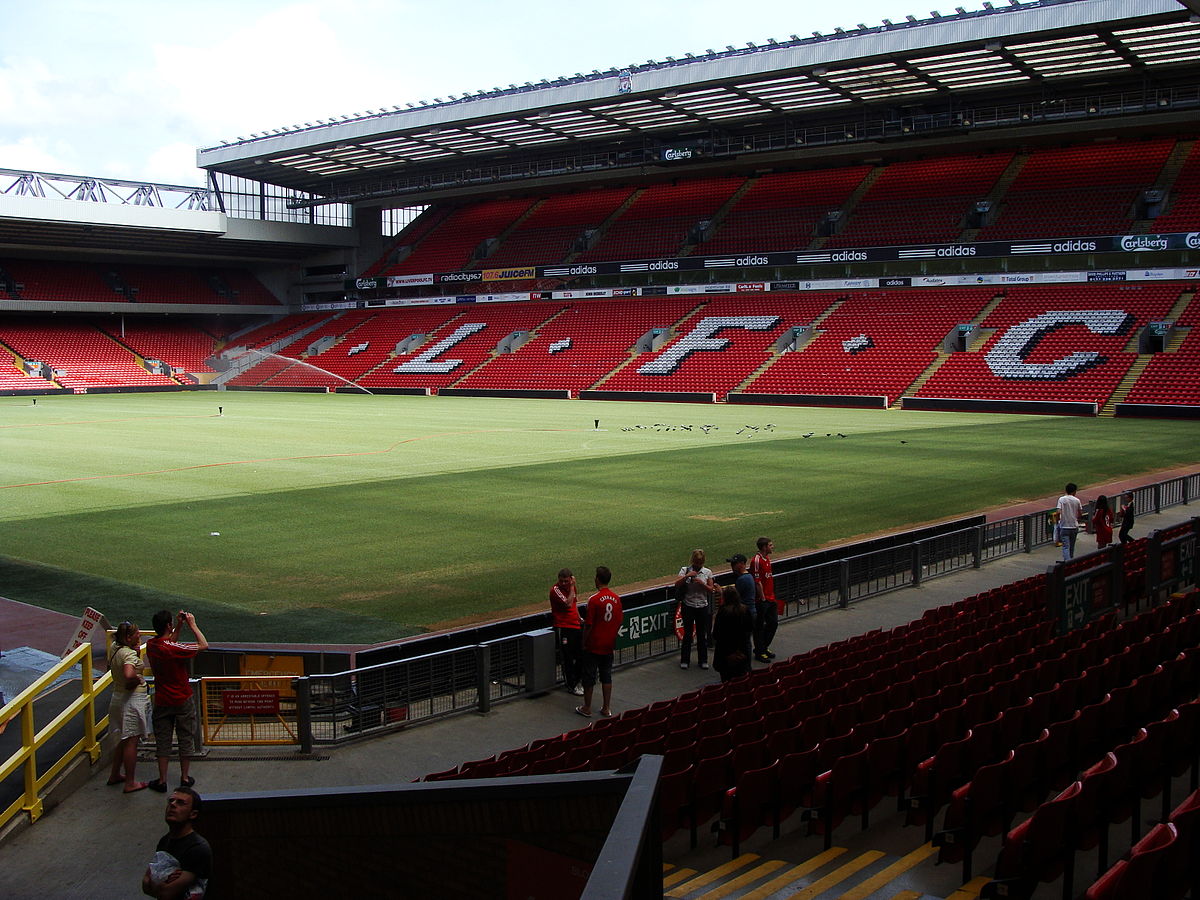The English Premier League giant, Liverpool has a headquarters, namely Anfield Stadium.
In this article, SportReviews will review in full the Anfield Stadium, Liverpool’s proud headquarters.
Summarized by SportReviews from the WikiPedia page, let’s take a look at some interesting facts about Anfield.
As we know, Anfield is the name of the stadium located in the city of Liverpool, England.
Anfield Stadium has a seating capacity of 54,074.
This capacity makes Anfield stadium the seventh largest stadium in England.
This stadium is home to the football club Liverpool F.C.
Since the club was founded in 1892, the stadium was originally the home ground for Everton F.C. from 1884 to 1892.
Before the end, Everton moved to the Goodison Park stadium after a dispute with the club owner.
Anfield Stadium has four stands, namely Spion Kop, Main Tribune, Tribune Sir Kenny Dalglish and Anfield Road End.
The record attendance of 61,905 was achieved during a match between Liverpool and Wolverhampton Wanderers in 1952.
Anfield Stadium was changed to a seating stadium in 1994, this change resulted in reduced seating capacity.
The two gates in the stadium are named after former Liverpool coaches: Bill Shankly and Bob Paisley.
A statue of Shankly was also placed outside the stadium. The stadium is 2 miles (3 km) from Liverpool Lime Street Train Station.
The stadium was proposed in 2002 to be replaced with a new one located adjacent to Stanley Park, however following the acquisition of Liverpool F.C. by Fenway Sports Group it became clear that was not going to happen.
Construction for the main Tribune expansion began on 8 December 2014.
The expansion increases the stadium’s capacity to 54,074, making Anfield one of the largest seating stadiums in European football.
The Anfield Road End stand was later expanded to 61,000 capacity.
Liverpool F.C. officially opened the Main Tribune which was completed on 9 September 2016.
















